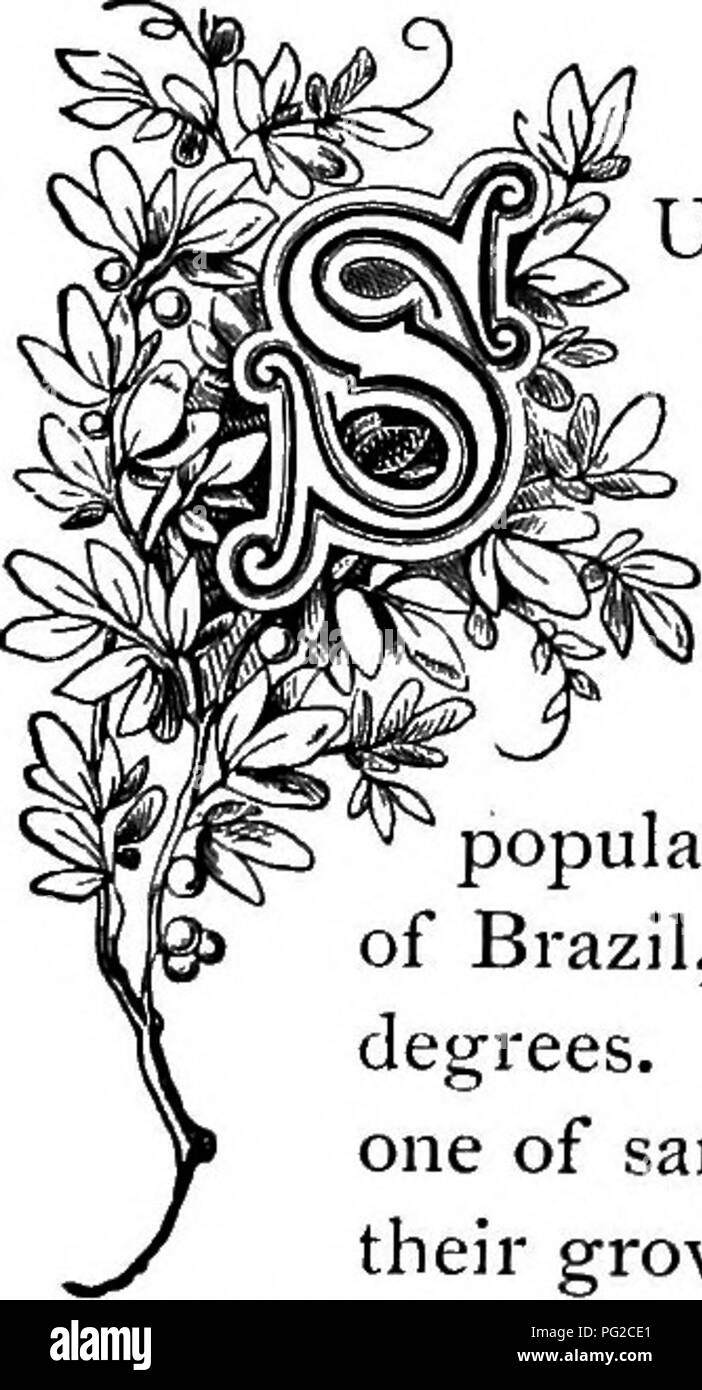. The floral kingdom : its history, sentiment and poetry : A dictionary of more than three hundred plants, with the genera and families to which they belong, and the language of each illustrated with appropriate gems to poetry . Flower language; Flowers in literature. The Pelargoniums are natives of the Cape of Good Hope, and, like other floral impor- tations from that region, are almost hardy enough to endure our severe northern winters. Though they are easy of cultivation, it is better to secure good, tree-like plants, with thick and stout young shoots. After the flowering season is over, ri

Image details
Contributor:
Central Historic Books / Alamy Stock PhotoImage ID:
PG2CE1File size:
7.1 MB (321 KB Compressed download)Releases:
Model - no | Property - noDo I need a release?Dimensions:
1162 x 2150 px | 19.7 x 36.4 cm | 7.7 x 14.3 inches | 150dpiMore information:
This image is a public domain image, which means either that copyright has expired in the image or the copyright holder has waived their copyright. Alamy charges you a fee for access to the high resolution copy of the image.
This image could have imperfections as it’s either historical or reportage.
. The floral kingdom : its history, sentiment and poetry : A dictionary of more than three hundred plants, with the genera and families to which they belong, and the language of each illustrated with appropriate gems to poetry . Flower language; Flowers in literature. The Pelargoniums are natives of the Cape of Good Hope, and, like other floral impor- tations from that region, are almost hardy enough to endure our severe northern winters. Though they are easy of cultivation, it is better to secure good, tree-like plants, with thick and stout young shoots. After the flowering season is over, ripen the young wood by . withholding the water supply; and in the fall prune back to the ripe wood, leaving only two or three eyes to each branch, always preserving the symmetry of the bush. At a window they need turning, as do all plants, to keep them from being one-sided. They should be repotted once or more, according to circumstances, every season in very rich earth, and given larger pots as the plants increase; and the larger and more bushy they are, the better and the more flowers they have. They are most acceptable for groupings and combinations of all kinds, the richness and variety of coloring lending them a peculiar attractiveness as house and conservatory plants, furnishing material for bouquets that can- not be surpassed in richness and beauty. Though, like so many other favorite flowers, they have probably passed beyond their period of greatest popularity, they can never fail entirely to be cherished by the lovers of choice plants. The method of propagation is to take side-shoots about three joints in length, the bottom joint being fully ripened, and cut clean and smooth underneath, while a portion of each leaf should also be trimmed off. They can be wintered in a cellar, the roots being kept nearly dry. UPERB among the Reseda family for the beautiful markings of the leaves, together with its magnificent habit of growth, the Peperomia is worthy of a place in every c